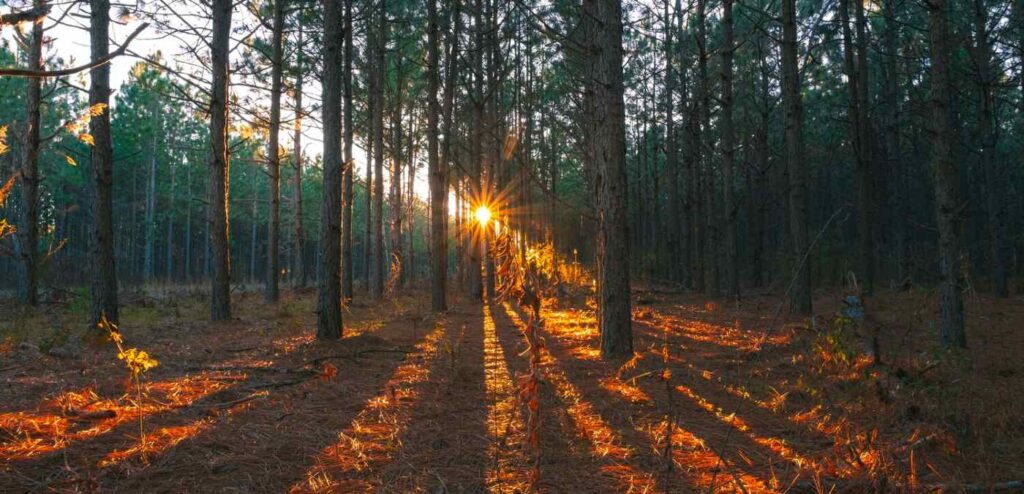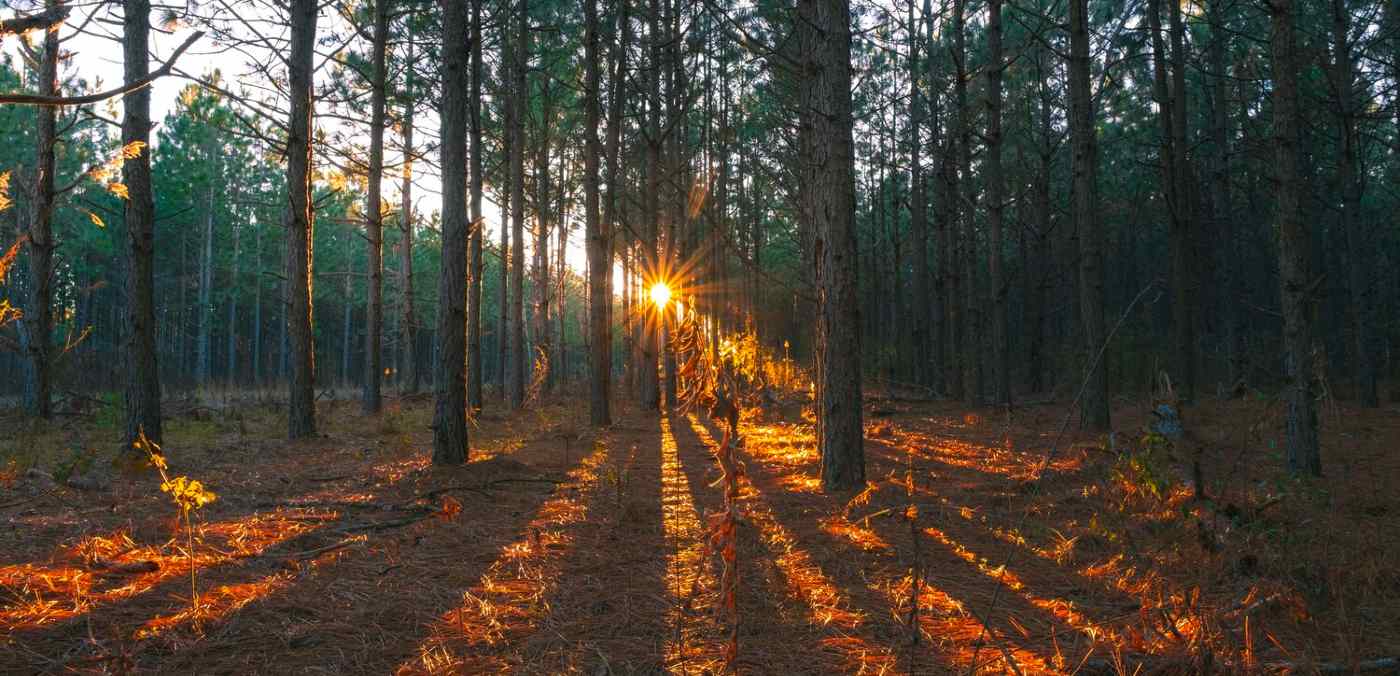Reprinted and altered with permission from World At Large, a news website of nature, politics, science, health, and travel.
Naturally regenerated forests are much better ways of achieving climate targets than mass planting, and Brazil could achieve 150% more reforestation if the forests are left to their own schemes.
Home to a wealth of biodiversity that includes ocelots and golden lion tamarins, the Atlantic Forest biome is recognized as a UNESCO Biosphere Reserve and a Brazilian Natural Heritage site.
However, it has lost nearly 80% of its original area due to logging and agricultural expansion, making it ideal for restoration initiatives, reports a study from 2018.
A report from Forest News finds that Brazil’s Atlantic Forest, the oft-ignored, great forest habitat in the country is a perfect site for natural reforestation.
In a separate study, seeking to map and quantify the potential for natural forest regeneration in the Atlantic Forests, the researchers found that of the current forest cover, which is around 34.1 million hectares (131,000 square miles) 8% was regenerated naturally between 1996 and 2015, but that another 20 million hectares could be reforested with a mix of natural and assisted strategies, between now and 2035, all the while saving around $90 billion in operation costs.
The savings in dollars is key, since natural forest regeneration efforts are reported to only account for 2% of the total climate change funding in the world. Furthermore, tree planting and soil preparation can cost on average between $1,400 and $34,000 per hectare.

Letting nature take its course
The Center for International Forestry Research feels the best bet for the world’s forests in a changing climate is to simply take our hands off the wheel.
Several small examples of natural reforestation in Ireland and the UK, two nations keen on restoring past versions of their ecosystems, show the breadth of success one can have if one simply lets nature take its course.
RELATED: 150 Brands Unite to Clean Up Our Paper Supply – Saving Global Forests and Improving Recycling
The rewilding project on the 3,500 acres of Knepp Estate has created one of the most biodiverse ecosystems in lower England, while a 600 year-old 1,600 acre-estate in south Ireland has achieved something similar.
Natural regeneration has this potential, unsurprisingly, of restoring far more biodiversity, especially if helped along with seed dispersion, de-weeding, and other simple management strategies.
CHECK OUT: 150 Brands Unite to Clean Up Our Paper Supply – Saving Global Forests and Improving Recycling
A meta-analysis found as much, when it looked at 133 papers on the topic and found that forest areas freed from agriculture and allowed to regenerate created 56% greater species richness in all categories of animals, and in five measures of vegetation structure: cover, density, litter, biomass, and height.
“Instead of conserving with specific species in mind where you’re focusing on keeping a habitat, locking it down as it is, so that that preserves the numbers of certain species, what we’ve done here is just taken our hands off the steering wheel and just stood back and let nature take over,” said Isabella Tree, co-director of the rewilding project on the Knepp Estate.
Another benefit is that naturally occurring forests trap far more carbon in the soil on average, as one study found that regenerated forests absorb 32% more carbon above ground, and sequester 11% more below, than is generally estimated by the Intergovernmental Panel on Climate Change.
MORE: The US Halts Old-Growth Timber Sales in World’s Largest Remaining Temperate Rainforest
For these regenerated forests to last, however, the scientists and policy makers need to know the best way for locals and other interest groups to be motivated enough to leave the regenerating forests intact long-term.
The Forest News article suggests that schemes like a payment system for rural dwellers who leave or protect and maintain stands of regenerated forests, or increased access to investment capital for agroforestry production, could be used to help convince those who rely on rural areas to leave the trees alone rather than turning them into wood chips.
REWILD Everyone’s Fees With a Little Good News…




















